Must-see TV: Lisa Wilkinson’s turn in the witness box
The Project’s ex-host Lisa Wilkinson was back before a camera – this time in a courtroom. Her first day in the witness box was not without a laugh.

Not just any trial. This litigation, brought by Bruce Lehrmann against Network Ten and Wilkinson, must be irresistible fodder to feature in a streamed TV series about this saga. The protagonists range from two prime ministers and an office cleaner called Carlos to this slightly unkempt but super-smart silk. Until the Binge series arrives, we are left to watch court 22A in Sydney’s Federal Court building where the Brittany Higgins-Lehrmann debacle returned to where it all started, on The Project in February 2021.
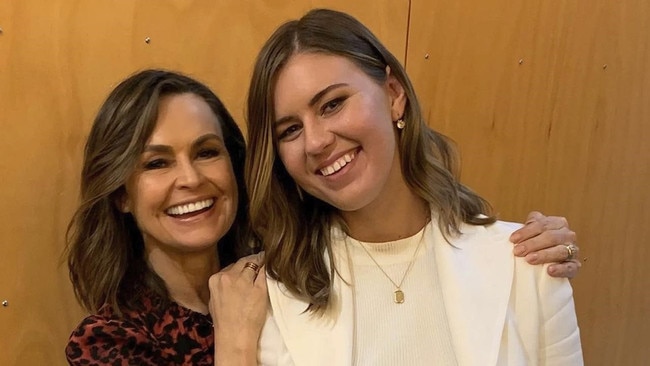
When Wilkinson left The Project in November last year, complaining she had been relentlessly targeted by sections of the media, she said: “I’m not above criticism. Far from it. I’m human, and I don’t always get it right. None of us do. But by god I’ve tried.”
Whether Wilkinson, a journalist for 40 years, and Ten tried hard enough is why the former host was back in front of a camera – this time on the Federal Court’s live-streamed YouTube channel, where close to 20,000 people tuned in to learn whether she and Ten behaved reasonably in publishing the extended interview with Higgins.
The outcome of this trial is an opportunity, in this chaotic #MeToo age, to be reminded of what good journalism looks like in he said-she said stories where lives can be wrecked if an allegation of rape is untrue – or unprovable.
When Higgins went to the media ahead of formalising a police complaint, her story turned into a media juggernaut. Many journalists appeared uninterested in learning if there was another side to the story. Even as evidence has emerged of inconsistencies in Higgins’s version, some journalists still are uninterested.
Did Ten and Wilkinson fall into that camp? Justice Michael Lee didn’t waste any time when Wilkinson finally entered the witness box for cross-examination by Lehrmann’s barrister, Matthew Richardson SC. Lee must have been one hell of a barrister; his questions to witnesses as they have recounted their versions have invariably been more astute than those asked by counsel. It was no different on Thursday morning.
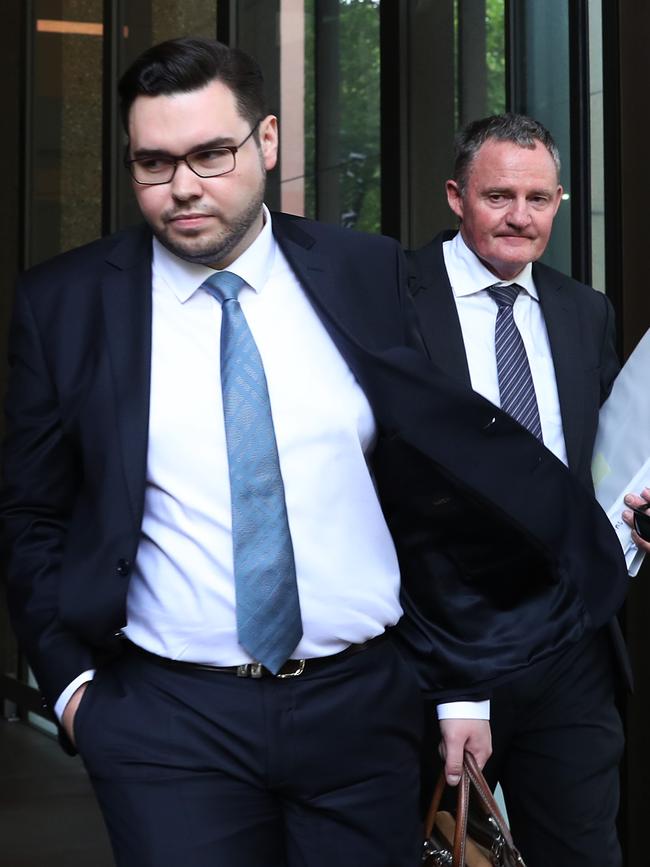
Richardson had no success extracting a concession from Wilkinson that by applauding Higgins’s bravery in her televised Logies speech – just eight days out from a criminal trial – people would have understood that the journalist believed Higgins’s unproven allegation. Richardson was right of course given the criminal trial was delayed for three months, with ACT Supreme Court Chief Justice Lucy McCallum castigating the speech for prejudicing a fair trial.
But Wilkinson wouldn’t have a bar of the bleeding obvious, saying she was simply celebrating Higgins’s courage.
Lee then stepped in. “Would you accept, Ms Wilkinson, that a woman would not be showing unwavering courage if she made a false allegation of rape?”
“Sorry, your honour, I’ve got to think about that question.”
When Lee repeated the question, Wilkinson said: “Yes, I accept that.”
“Right,” continued Lee. “Well, doesn’t it follow that if you say that someone is showing unwavering courage, it means they’re making a true allegation of rape against a guilty man?”
“Yes,” she agreed. No pause required.
The first part of the trial concerned Ten and Wilkinson’s truth defence. If the judge decides that, on the balance of probabilities, a rape occurred, they win.
They have a plan B if that defence fails. It’s called qualified privilege. They will have to show there was a public interest in publishing the sexual assault and cover-up allega
tions, and that their journalism was reasonable in the circumstances.
Wilkinson has clearly decided that her interests don’t necessarily align with Ten’s because, for the purposes of the Defamation Act, the qualified privilege defence applies to each publisher separately, and they are both treated as publishers of the contested allegations.
It is possible that Ten could fail to make out the defence while Wilkinson succeeds. But not the other way around because, in layman’s terms, Wilkinson says that if there were stuff-ups, others were responsible for them because she was just the host. That’s why Chrysanthou is there.
Some lawyers have a passion for Beethoven, French wine or fashion. Chrysanthou has a passion (apart from rescuing small animals) for section 30 of the Defamation Act. Those who say the qualified privilege section has never been successfully argued by a major media company are wrong. Chrysanthou has used it when representing media companies – and won.
The court will take into account the extent to which The Project interview distinguishes between “suspicions, allegations and proven facts”.
In the first minute of the interview, Wilkinson says: “Tonight, claims of rape, roadblocks to a police investigation and a young woman forced to choose between her career and the pursuit of justice. And it happened right in the heart of our democracy.”
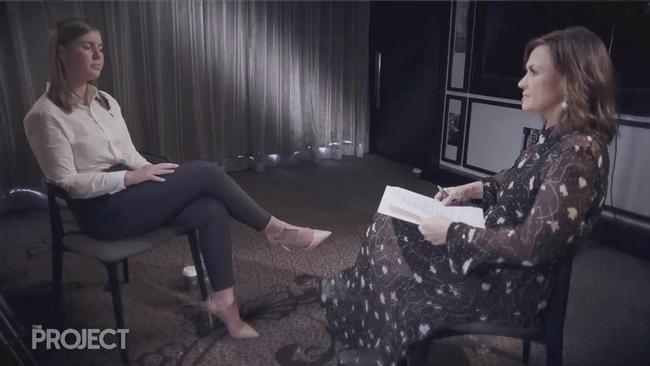
Did Wilkinson and Ten properly interrogate Higgins’s claims? What information did they rely on when putting those claims to air? Did red flags emerge? Did they pursue them or ignore them? Did they fairly report what members of the Morrison government told them? Did they deal fairly with allegations by Higgins against Linda Reynolds, Fiona Brown and Michaelia Cash? Why didn’t they mention a contemporaneous Department of Finance email that confirmed Brown had taken all appropriate steps to protect Higgins?
Did they put the right questions to Lehrmann, giving him enough time to respond to the grave allegation? Did Wilkinson and producer Angus Llewellyn properly investigate how Higgins’s photo of her bruised leg, which she claimed happened during the alleged rape, survived the so-called death of the phone? What steps did they take to authenticate it?
Wilkinson agreed that, as early as January 20, 2021, after receiving a timeline from Higgins’s then boyfriend, now fiance, David Sharaz earlier, she believed there had been an “extraordinary cover-up” involving Reynolds, Cash and prime minister Scott Morrison. Did that early belief become an obstacle to Wilkinson, and/or Ten doing the appropriate checks on a story that ensnared not just Lehrmann but a prime minister, two ministers, a chief of staff, an ALP senator and others?
Did it lead Wilkinson into inappropriate coaching of Higgins designed to confirm Wilkinson’s belief of a serious systemic cover-up? When Wilkinson appeared to assume, along with Higgins, that it was sinister for two staff from the prime minister’s office to turn up a few days later in Brown’s office, Richardson said: “I want to suggest to you it was completely unreasonable for you to draw the inference that that meant something sinister.” Wilkinson responded: “I know how politics works, Mr Richardson.” How did that assertion affect the quality of her journalism?
It was striking how often Wilkinson gave evidence about how Higgins felt. Asked to point to facts that supported Higgins’s claims that she felt her job was on the line, Wilkinson said “the words that were being said were possibly different to the way they were being perceived” by Higgins.
“What you’re doing, Ms Wilkinson, is drawing a distinction between what you believe Ms Higgins felt and what was actually said to her. Is that correct?” Richardson put to her.
“Yes, I’m reading between the lines,” Wilkinson said. “Maybe I’m just attuned to reading between the lines a little more than you are, Mr Richardson,” she said when probed again. Did reading between the lines enhance or undermine her journalism in this story?
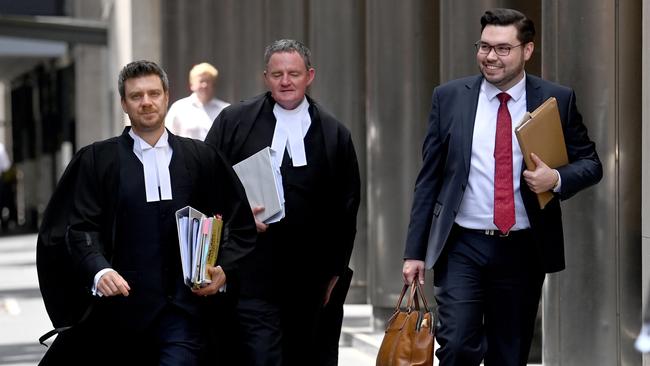
The court heard that Wilkinson told the Project team editing the interview that she wanted extra material included to help shield Higgins from allegations that her motives were anything other than noble.
The forensic Richardson pointed Wilkinson to a comment Sharaz made to her in the presence of Higgins in their five-hour meeting: “I said to Britt ultimately, ‘What do you want out of this? Well, I want Bruce to forever have it difficult getting a job like it’s going to be difficult for me.’ ” Wilkinson agreed she didn’t probe Higgins or include it in the program.
When Wilkinson said “I’ve got her in my sights” – alluding to Reynolds – during the five-hour meet and greet with Higgins, did that suggest Wilkinson had made up her mind about Reynolds being part of a cover-up?
The overriding question remains this: did Wilkinson and Ten become crusaders for Higgins or did they remain objective when investigating and publishing the Higgins story?
Wilkinson’s first day in the witness box was not without a laugh. Richardson put to her that she was captured by her source, that she was committed to supporting Higgins’s version and thrilled by the commercial appeal of her version.
“Don’t make me sound like a cheap tabloid journalist, Mr Richardson,” the former Project host shot back. Many regard The Project as tabloid TV journalism. But whatever one thinks about her journalism, Wilkinson is most certainly not cheap. She’s reportedly still receiving her rumoured seven-figure salary.
The judge will have the last word on the reasonableness of Ten’s and Wilkinson’s journalism. But bigger issues will remain unresolved, the central one being what to do about the unruly #MeToo movement that was destined to capture those journalists, criminal prosecutors, HR heads, politicians and others in positions of power who want to be part of something bigger than their day job.
The criminal justice system has evolved to produce rules of evidence and procedure designed to ensure a fair trial to accused persons while protecting society’s need to deter crime. It is predicated on balancing those interests. Whatever Lee decides, the idea that The Project interview was the most appropriate way to deal with a rape complaint is, frankly, the biggest joke of all.





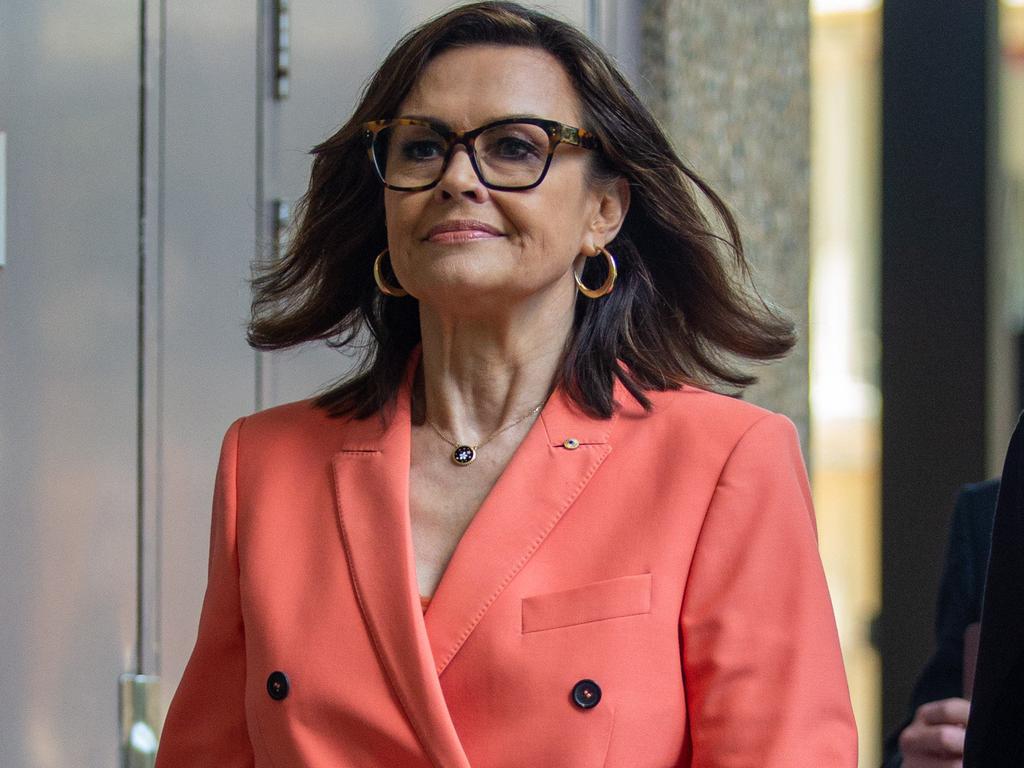
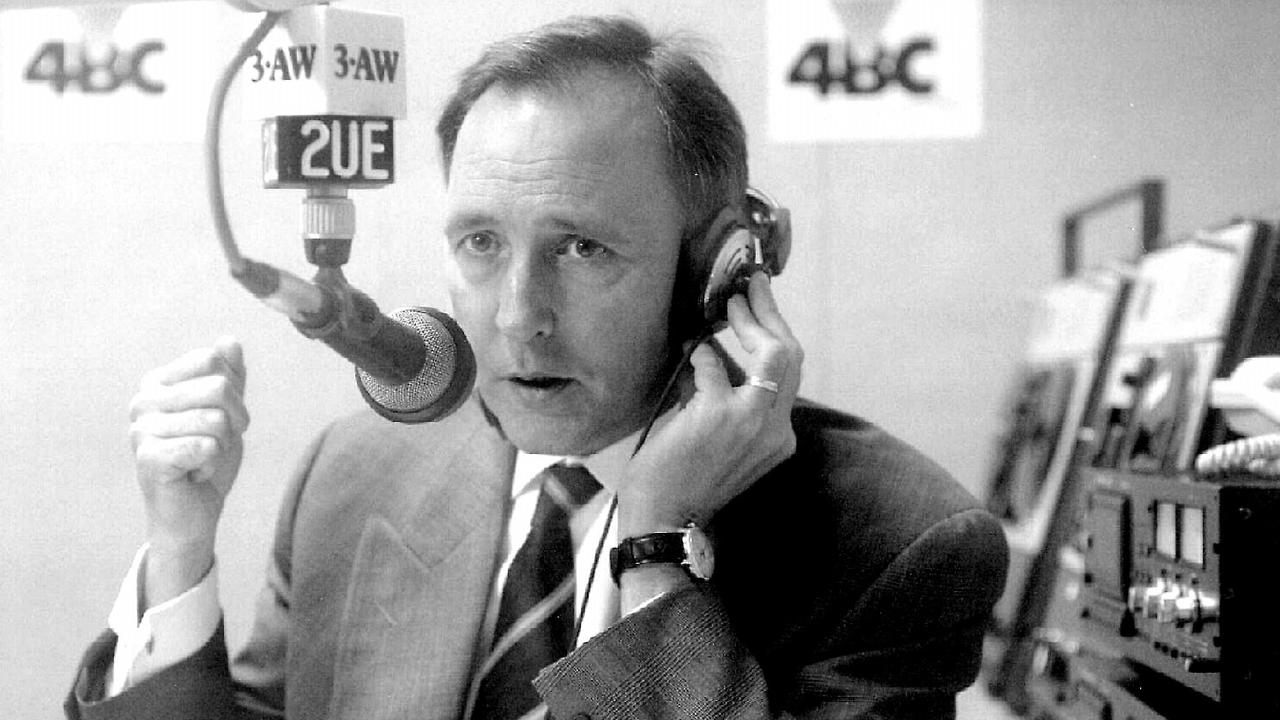
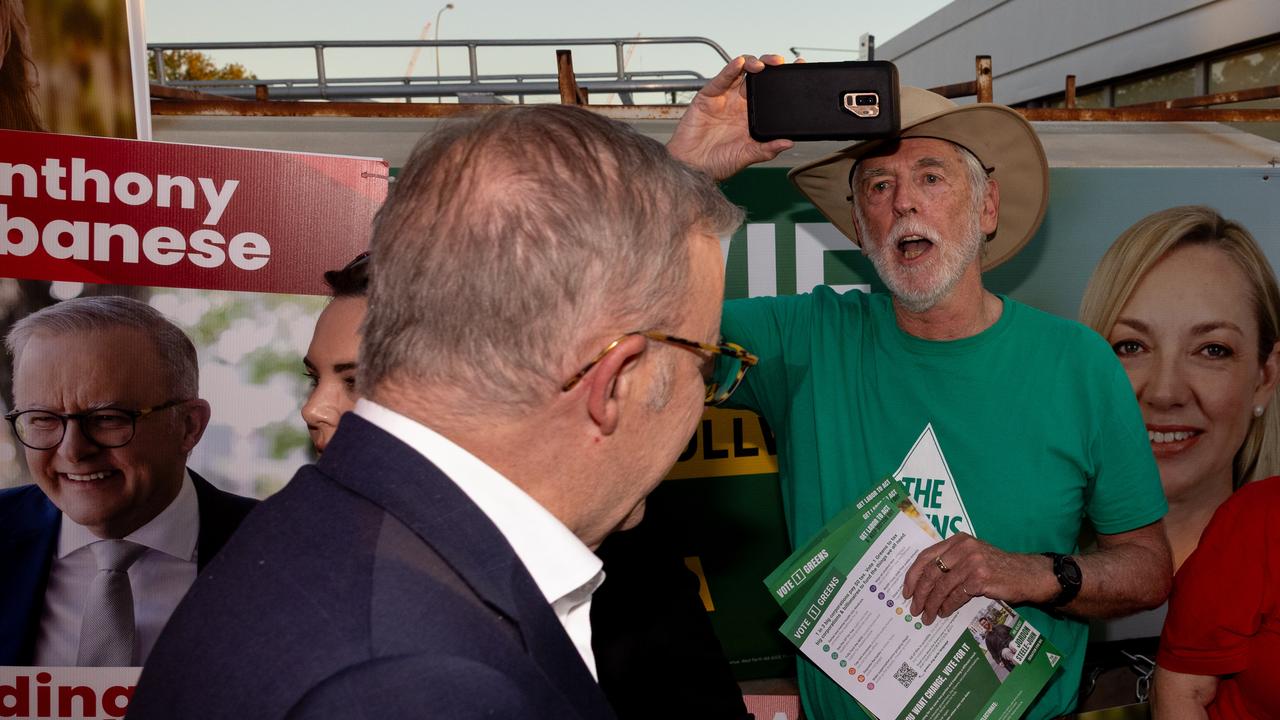
Late on Wednesday night, Sydney barrister Sue Chrysanthou SC was seen at the Glebe foreshore foraging for native foliage for her rescue possums. It was the night before the high-profile silk would guard the interests of her client, Lisa Wilkinson, who would be cross-examined in a defamation trial.